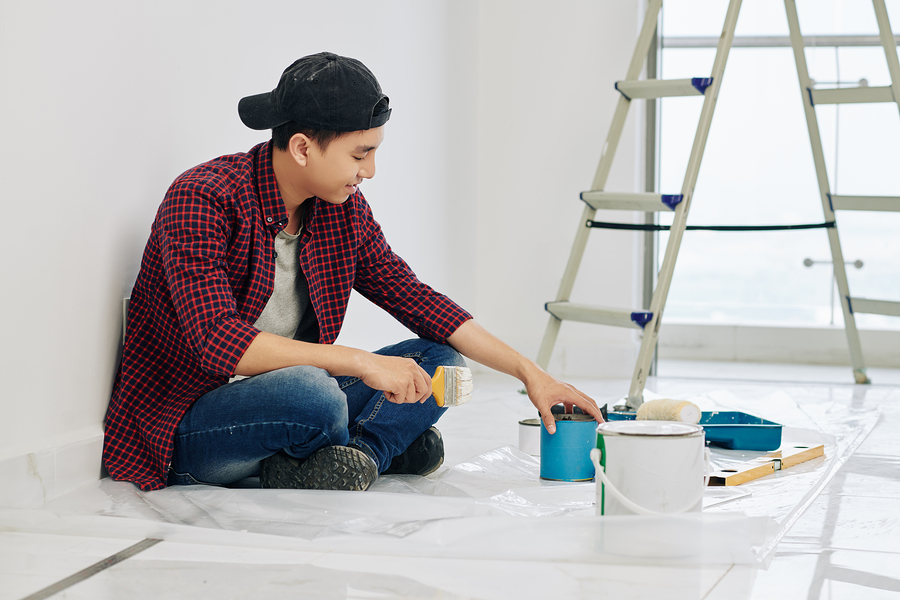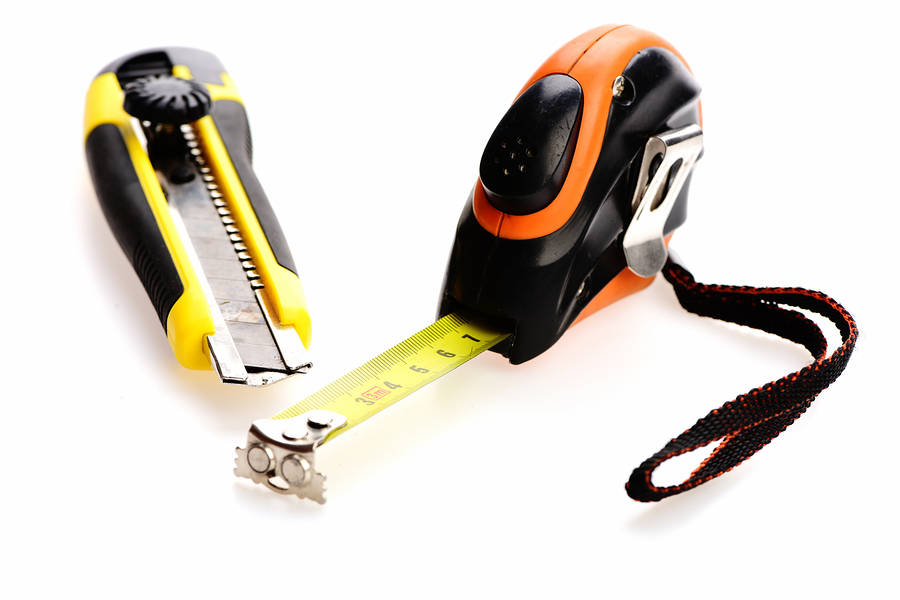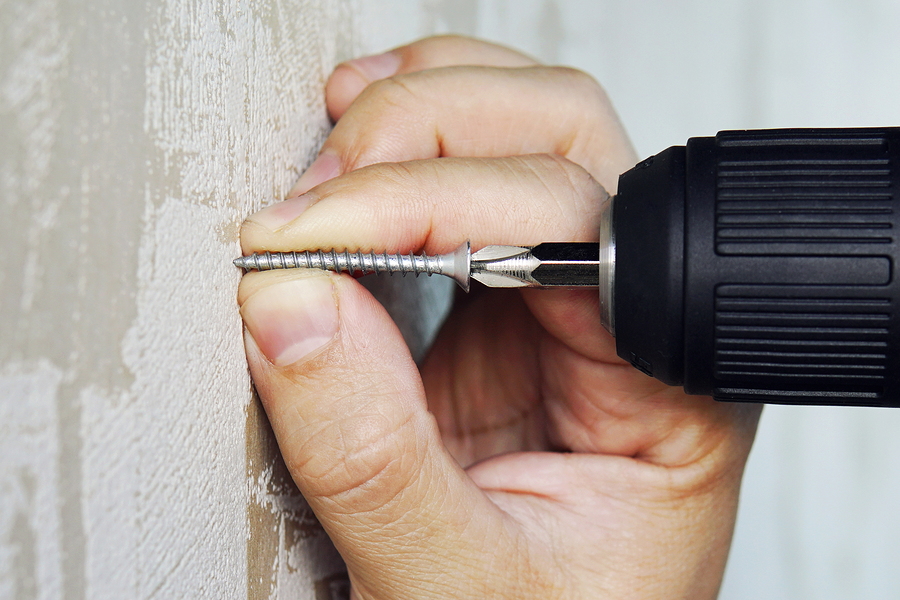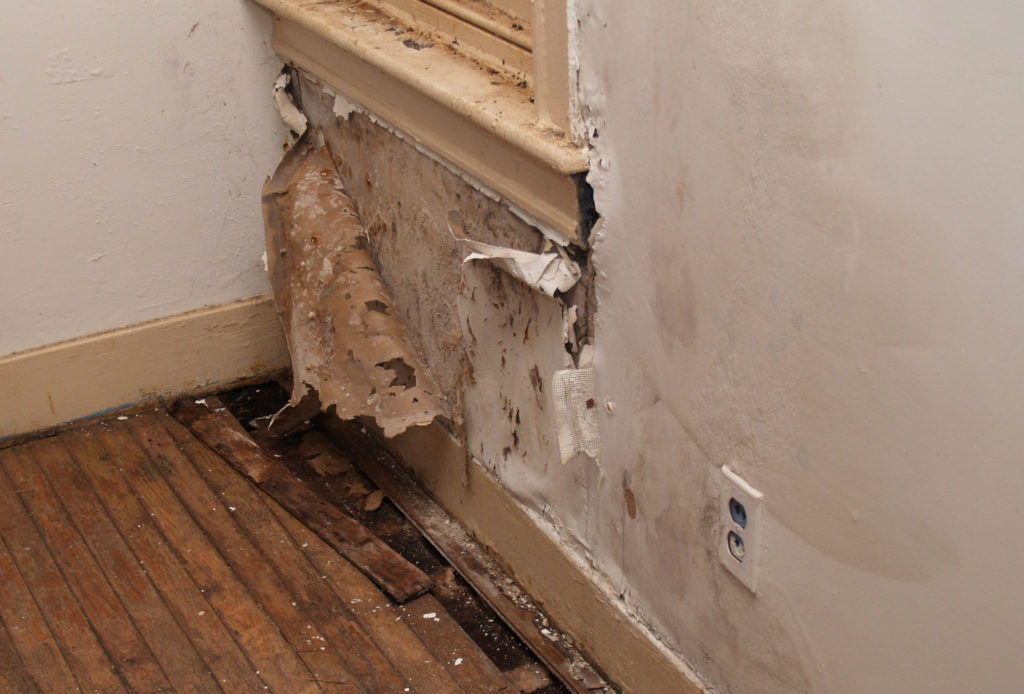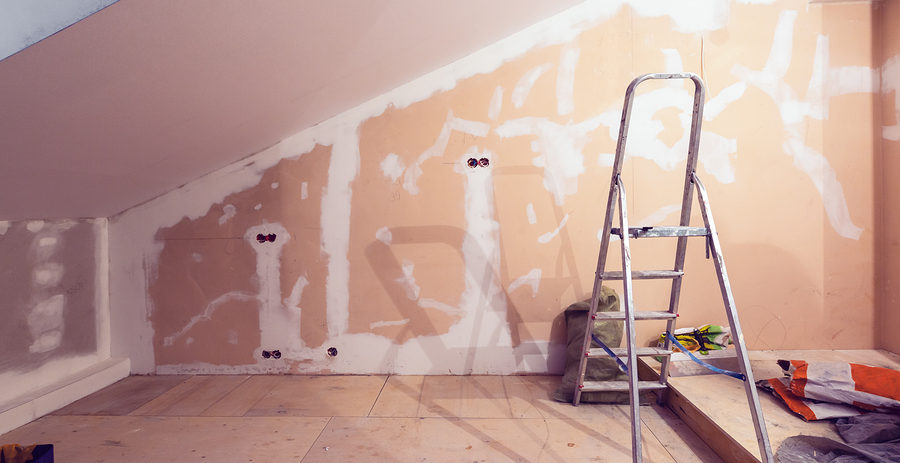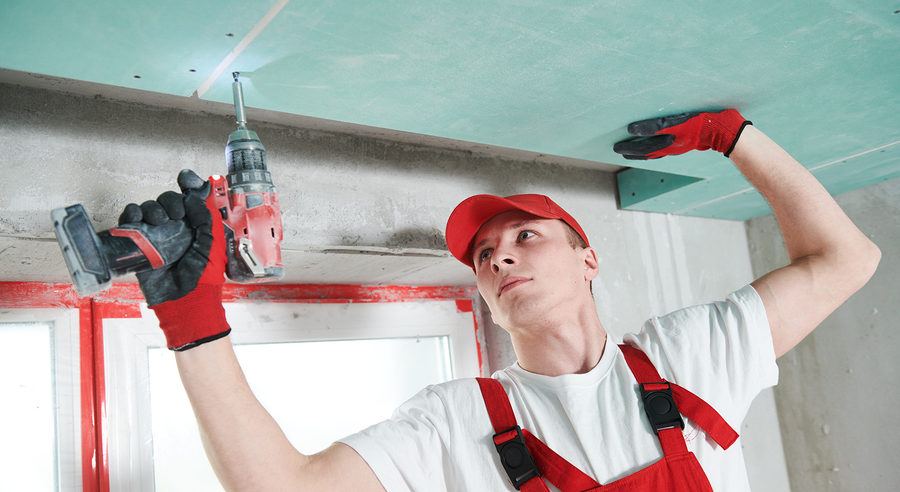Drywall texture is an important design application that delivers enhanced warmth, appeal, and overall aesthetic to an interior. Although there are hundreds of different styles of drywall texture, all fall under one of two primary application processes: manual or spray. Continue reading to learn more about each category of drywall texture application, including what sets them apart and how to choose which style for your remodel.
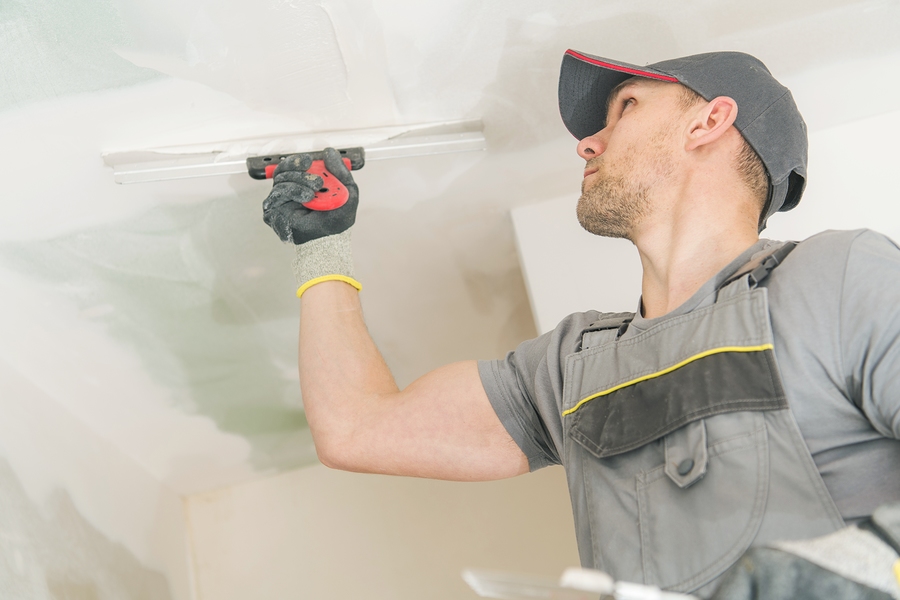
Manual Drywall Textures
When drywall texture is applied by hand, they are manual textures, or hand textures. For this type of drywall texture application, basic hand tools, like trowels and hawks, are used to achieve the desired look. Most often, a simple pan and knife are the tools chosen to apply manual drywall textures. Additional hand tools, such as specialized brushes and rollers, are used to complete the textured swirl, stomp, and swoosh motifs into the drywall mud. Sometimes, commercial paint sprayers are used to apply drywall texture, but this method is still considered manual.
Spray Drywall Textures
When drywall texture is sprayed onto a surface, they are spray textures. This method of drywall texture application requires specialized machinery that pumps drywall texture onto surfaces. Such machines are can be electric or gas-powered, but all are manufactured with powerful pumps that supply drywall mud through inner lines, and out of a special nozzle or tip. The designs in the drywall mud are created using compressed air and a sprayer gun, rather than by hand.
Common Drywall Texture Names:
➤ Skip Trowel
➤ Popcorn
➤ Smooth Wall
➤ Hawk and Trowel
➤ Crows-Foot Stomp
➤ Splatter Knockdown
➤ Orange Peel
➤ Rosebud
➤ Stomp Knockdown
➤ Santa-Fe Texture
➤ Double Skip
➤ Swirl Drywall
Indianapolis Drywall Services You Can Trust
Call Drywall by Renso at 317-269-7319 when you need professional drywall services in Indianapolis, Indiana. We are a licensed, bonded, and insured drywall company that provides residential and commercial drywall work at competitive prices. Call 317-269-7319 to request a free estimate, today. Call 317-269-7319 to request a free estimate, today.

